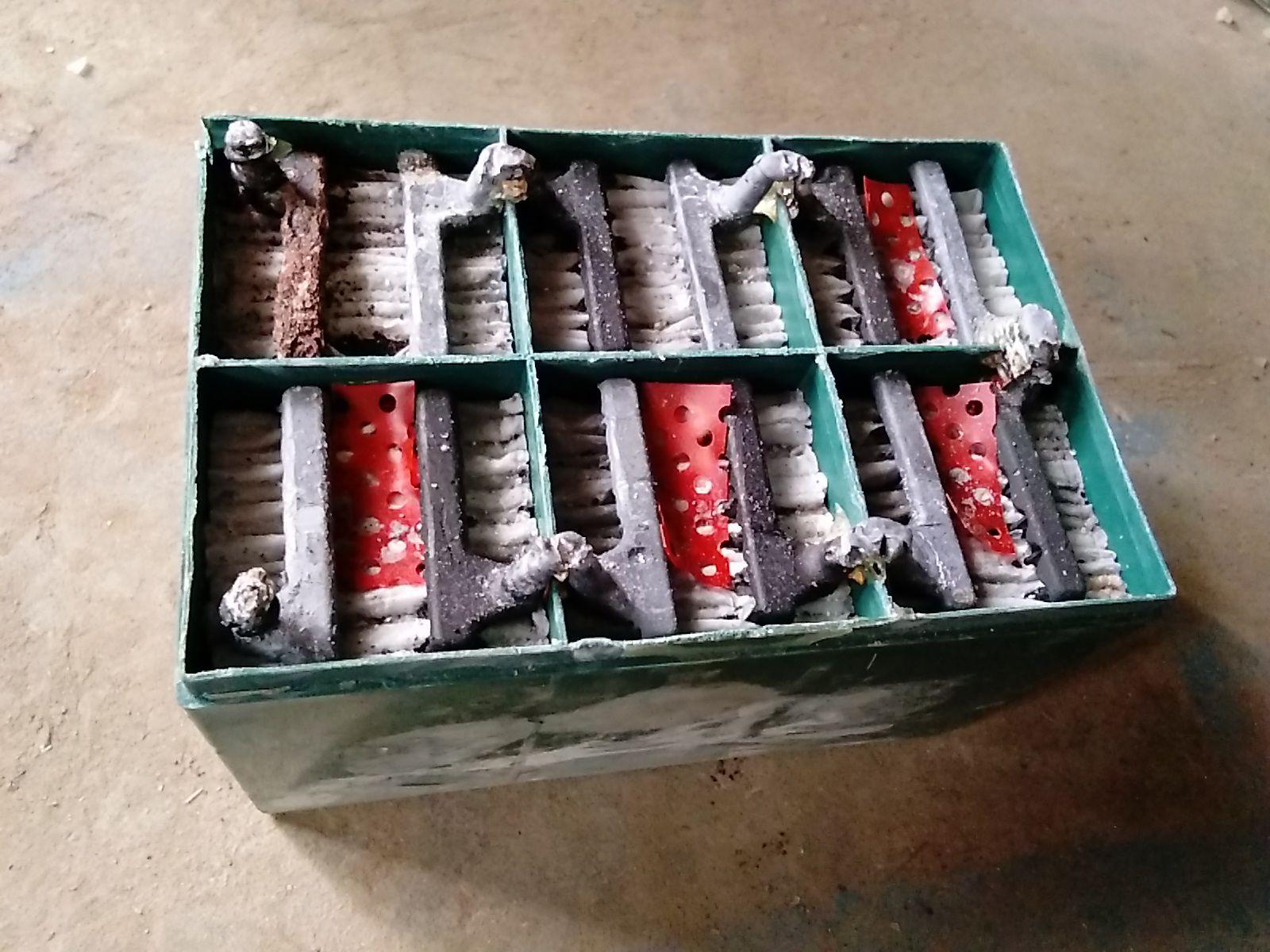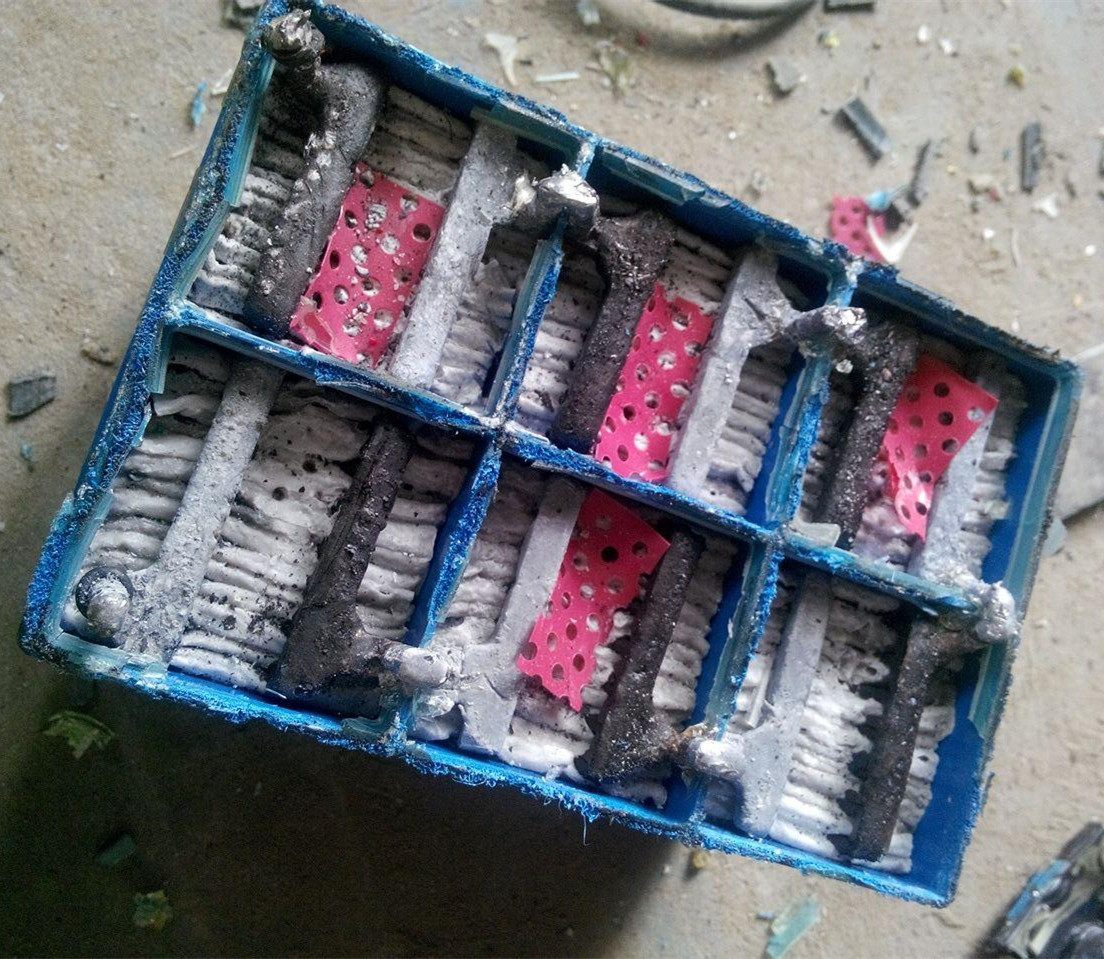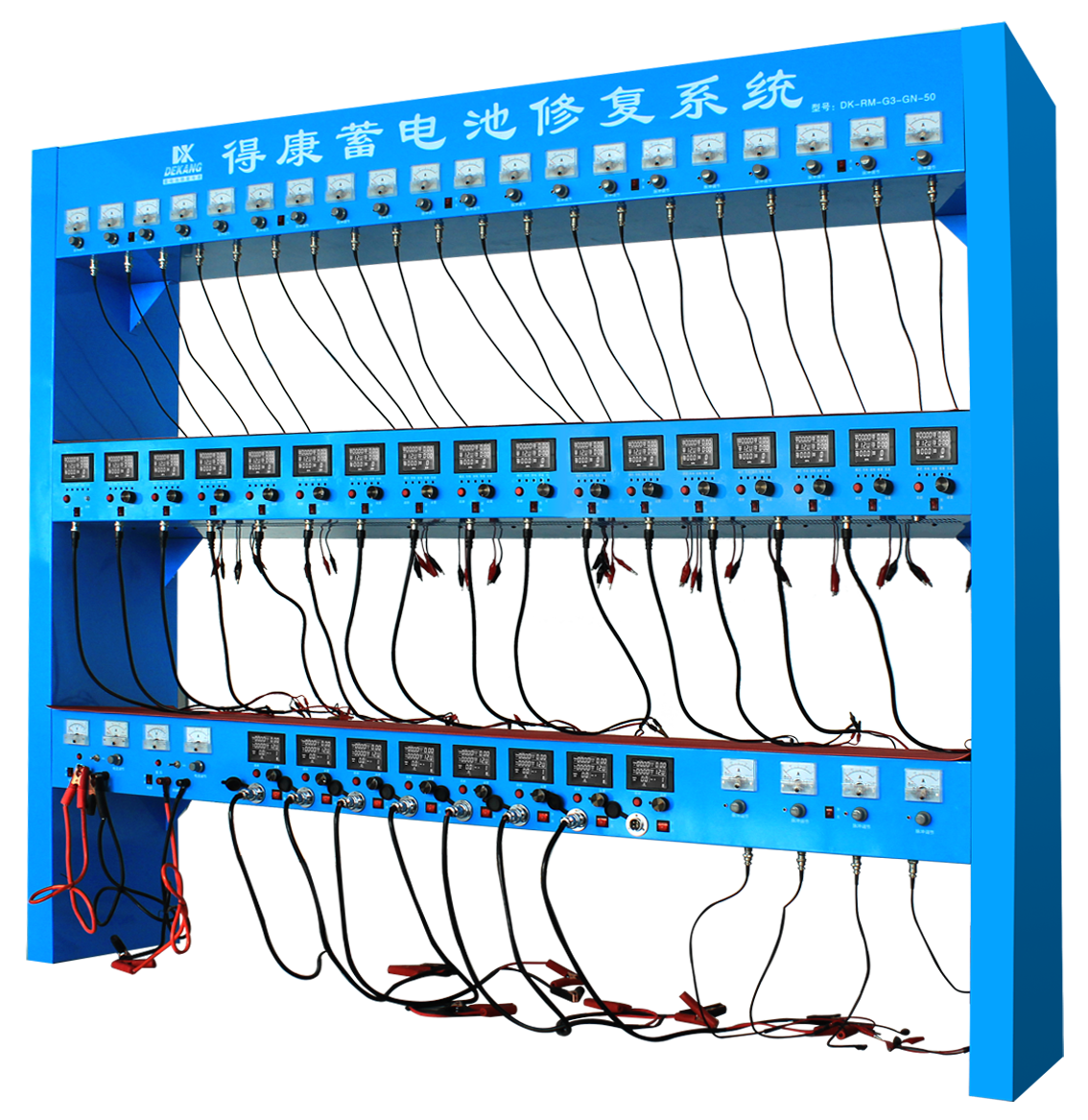What is battery sulfation?
The battery produces white hard lead sulfate (PbSO4) crystals on the electrode plate during use or long-term storage, and the positive electrode plate turns bluish-black, which cannot be converted into PbO2 and Pb during charging during normal charging. This is the phenomenon of sulfation.

 Characteristics Of Battery Sulfation Failure
Characteristics Of Battery Sulfation Failure
1. The voltage rises quickly when charging, and it turns green in 2-3 hours or less.
2. When the battery is discharged, the voltage drops sharply, drops to the termination voltage prematurely, and the battery capacity decreases.
3. When fully charged, the voltage is higher than 13.4V after standing for a long time (take 12V battery as an example)
4. With your ear close to the battery, you can hear the sound of “squeak”.
5. The battery generates heat and the temperature rises quickly.
6. It’s full as soon as it is charged, and it’s gone as soon as it runs.
Causes Of Sulfation
The reason for the formation of this lead sulfate is that lead sulfate particles are dissolved in the electrolyte during the use of the battery and become saturated. These lead sulfate recrystallize at low temperatures but precipitate in crystalline lead sulfate. In this way, the once-precipitated particles grow and develop again and again due to temperature fluctuations, and the crystal grains are enlarged. This kind of lead sulfate has poor conductivity, high resistance, low solubility and dissolution speed, and it is difficult to recover when charging. This is the cause of reduced capacity and shortened life.

The main causes of battery vulcanization are as follows:
1.The battery is under-charged regularly.
2.Not charging in time after discharging.
3.Unplug the power supply when it turns green during charging, without sufficient floating charge.
4.Long-term over-discharging.
5.Self-discharge of the battery causes deep discharge of small current.
6.New batteries long-term storage without regular charge-discharge maintenance causes battery self-discharge.
7.The discharged or semi-discharged state has been stored for too long.
8.If the electrolyte level is too low, the upper part of the electrode plate will be oxidized in contact with the air. During driving, the electrolyte will fluctuate up and down to contact the oxidized part of the electrode plate, which will generate a hardened layer of large-grain PbSO4 and vulcanize the upper part of the electrode plate.
9.Electrolyte acidity is not high, purity is not pure.
Reconditioning Solutions
Lightly vulcanized batteries can be eliminated by long-term charging with pulsed low current, then perform 3-5 charge-discharge cycles.
DK SF100 is a specialized battery testing & repair instrument integrated with high precision capacity discharge test, ordinary three-stage charge, water-replenishing maintenance charge, pulse repair. Pulse Current: 0.3A, Pulse Frequency: 500Hz. It has an obvious reconditioning effect on a slightly vulcanized battery.
 SF100-6
SF100-6
If the sulfation is more serious, use a professional pulse repair instrument to eliminate sulfation, and activate the battery that is seriously vulcanized and cannot be charged or discharged to restore the performance of the battery. In the long-term research and development and experiment process, most vulcanized lead-acid batteries can be repaired. The successful reconditioning rate can reach 91%, and the capacity after repair can reach more than 80% of the initial capacity.
Storage Battery Comprehensive Testing Regeneration System-DK-GN50 is the large-scale professional battery recovery equipment that is suitable for testing and reconditioning lead-acid batteries. It is integrated with charge-discharge testing, pulse desulfation, high-frequency activation, constant current overcharge repair, capacity grading, so on. It can repair the common issues of lead-acid batteries such as the water-loss, sulfation, and slight voltage imbalance, etc.
 DK-GN50
DK-GN50
The high-frequency pulse sulfur removal technology has a good and non-destructive repair effect on the battery with negative plate sulfation. Adjustable pulse high current (peak up to 200A) carries out special activation and strengthening treatment for the battery, which has the effect of greatly increasing the capacity of the battery with the softened positive plate.







